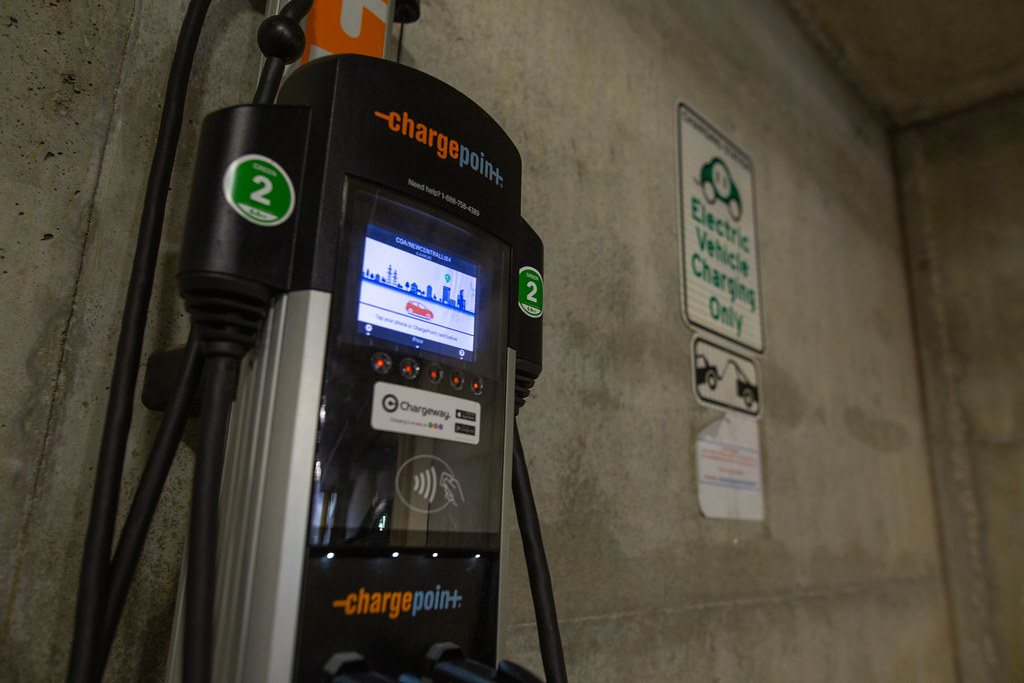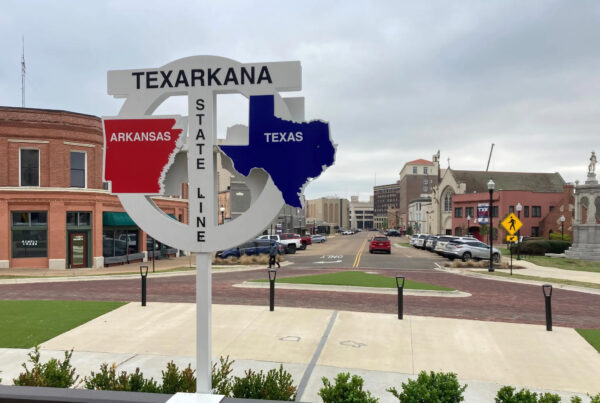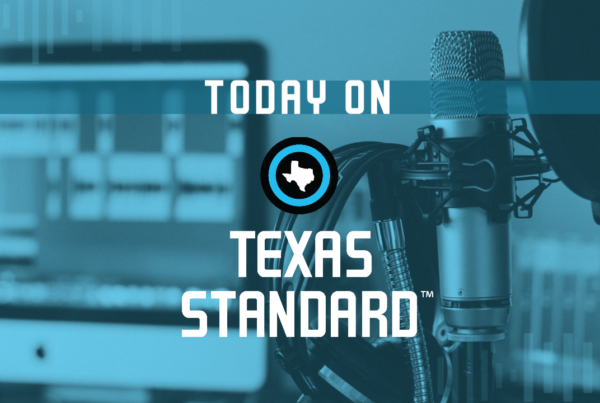More electric vehicle charging infrastructure is expected to come online in the next few years: Walmart and 7-Eleven have each announced nationwide EV charging networks to serve their customers, and federal funding will bring even more charging infrastructure to major highway corridors.
At the same time, more people are choosing electric vehicles over gas-powered options. And some observers are asking how all those plugged-in vehicles could affect an already-struggling Texas power grid.
The Houston Chronicle’s Chris Tomlinson recently spoke with energy industry experts about the ways expanded EV charging is likely to impact the grid. He says the officials see EVs as an orotundity to make money, and to modernized the grid. Listen to the interview above or read the transcript below.
This transcript has been edited lightly for clarity:
Texas Standard: Your column quotes some statistics about how quickly consumers are moving toward electric vehicles. Care to share some of that data? How fast are we getting there?
Chris Tomlinson: We doubled the number of vehicles sold as a percentage between 2021 and 2022, and it’s liable to double again. It’s about 10% of customers are buying EVs in the light vehicle category, and it could be up to 20% this year and definitely by next year.
What about the grid and whether it’ll be able to handle not just those new vehicles per se, but the chargers that are springing up everywhere, too, right?
Right. Most people are going to be charging their vehicles at home at night. And on that level, almost everyone’s home already has a 220 volt line. It’s usually used for their dryer, maybe their pool pump. Ninety-seven percent of the time, the ERCOT grid has more power than we use.
I take that point. But we’re not talking dryers here; I mean, if everyone is charging overnight, which I would imagine a great percentage of EV drivers will be doing, won’t that put a strain on the grid?
No. That actually will put more money in the pockets of utilities and generators so they can upgrade their equipment. If people are boosting the amount of energy they use at night, and an EV costs about $450 a year to charge in Texas., that’s $450 that can be used to upgrade the grid. That’s money that’s going to invest in new generation. That’s the kind of demand that will make the revolution of the grid possible.
Of course, that’s assuming that they’ll actually reinvest some of those profits into those upgrades. How likely is that?
You know, these companies do want to make money, right? And a utility like CenterPoint, or CPS if you live in San Antonio, or Austin Energy, they get paid kind of like a plus 20% on anything new they install on their grid. So it’s not in their interest to just pocket the money. It’s in their interests to invest it and build it out. The other thing is, this equipment needs to be replaced anyway. It’s going to get replaced. It’s just going to get replaced quicker and hopefully with more high-tech stuff so that eventually you can use your EVs not only to power your houses if there’s an outage or even to sell your electricity back to the grid when it’s needed.
Most providers also claim that more money spent to power EVs actually stays in local communities, as compared to, say, gasoline. Is there anything to that? And do you see this really going into the communities themselves?
If you think about it, when you buy a gallon of gas, you know, the local store that’s selling it to you might make a 1% or 2% profit. The other $0.98 either goes to a big company that extracted the gas, or it might even go overseas, if that’s where the oil originated from. It doesn’t stay in your local community.
Whereas when you buy electricity, that’s a local electricity provider – it’s a local utility that runs the transmission wires and the distribution wires. That’s why so much more of that money stays locally.














